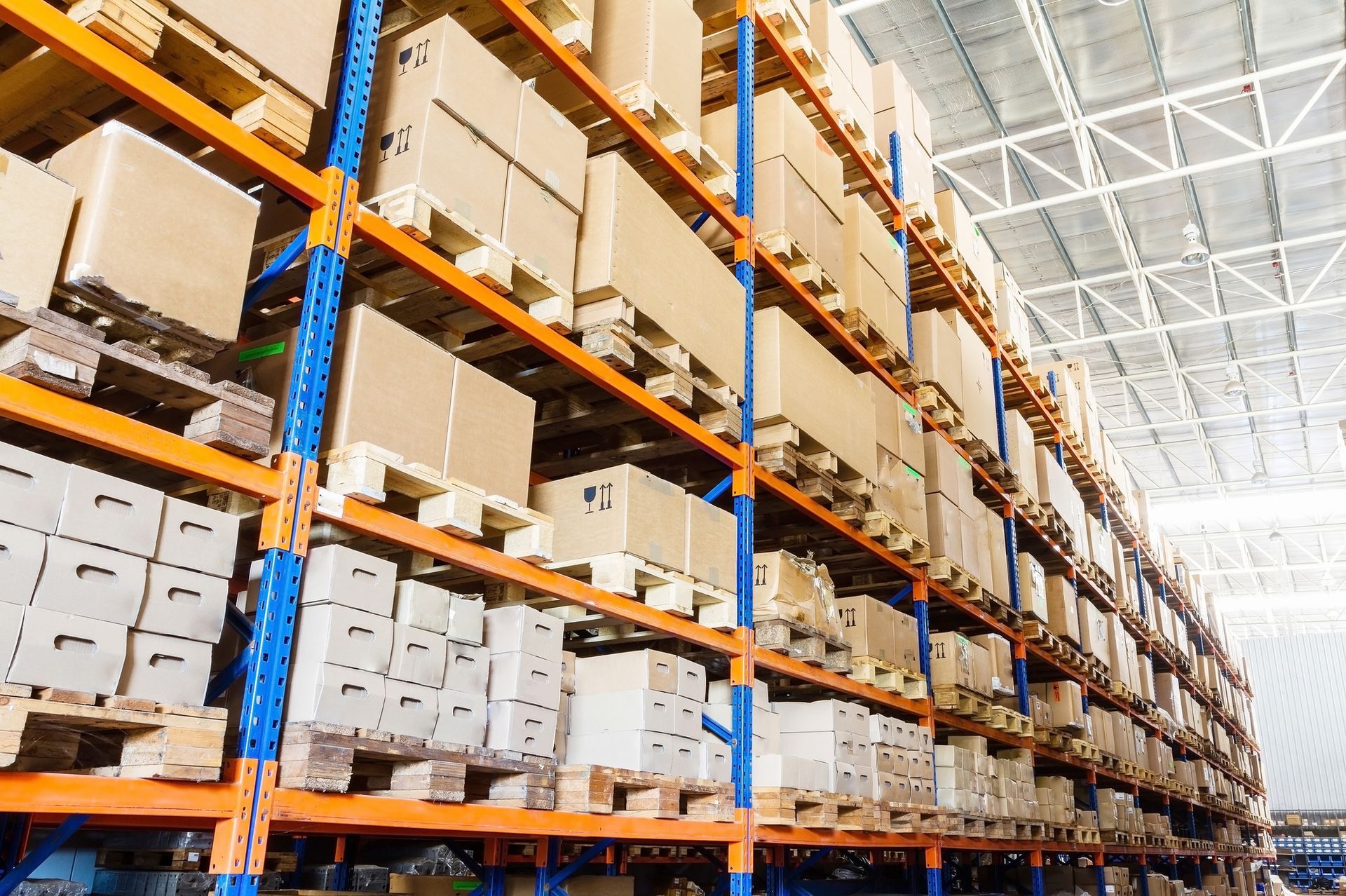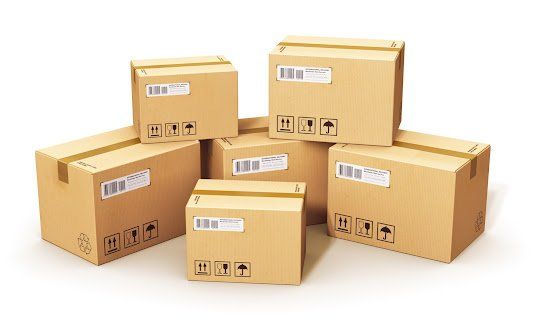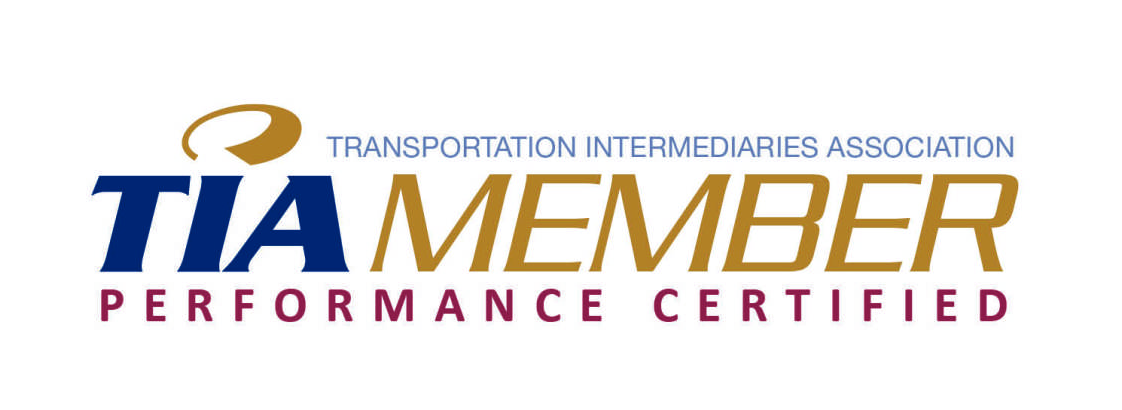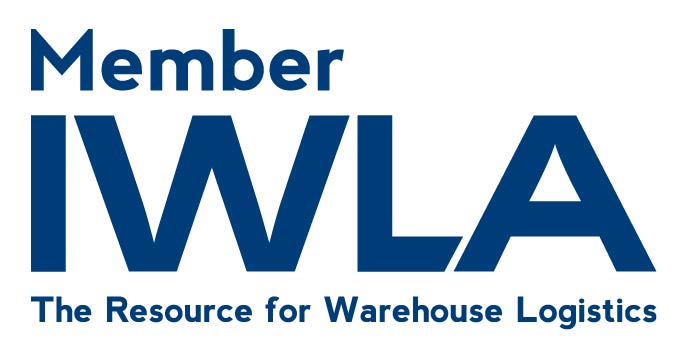Factors That Determine LTL Freight Costs

If you regularly ship small amounts of personal or business items, you have likely experienced less-than-desirable rates at some point. Understanding the factors that determine freight rates for less-than-truckload (LTL) shipments helps you avoid unexpected costs. Additionally, this helps you find ways to minimize your shipping costs.
The calculations for LTL shipment costs differ from full truckload freight rate calculations. Full truckload shipping costs depend on per-mile rates or rates per weight in hundreds plus fueling costs. This calculation is relatively simple compared to LTL shipment rates, which depend on multiple factors. Explore some of the factors that determine LTL freight costs below.
1. Freight Classification
The National Motor Freight Classification categorizes LTL shipments into 18 classes based on the products' density, liability, and storage and handling requirements. Freight classifications range from class 50, the lowest classification, to class 500, the highest.
More dense goods that do not easily sustain damage and are easy to handle and store fall under the lower classes. On the other hand, fragile goods that require much storage space fall under the higher classes.
LTL shipments with low classifications carry lower freight rates. If you want to transport multiple goods with different classes, you can enter into a Freight of All Kinds (FAK) agreement with a carrier to bill all your goods under the same freight class.
2. Distance and Destination
LTL shipments that travel longer distances incur higher freight rates. Most carriers ship goods to a specific area. So before you hire a transport company, ensure they operate in the area you want to send the products to.
If you hire a shipment company that does not transport goods to your zip code, they transport the shipment as far as they can go, then transfer the goods to another carrier for the final delivery. This transaction increases your freight costs.
The area where the goods come from and where you want to send them also determines freight charges. You may incur higher freight rates to transport a shipment to a hard-to-reach area.
3. Carrier Rates
Transport companies charge varying base rates for their services. The rates usually depend on your shipment's weight, which carriers quote per 100 pounds. Besides the base rate, carriers have a minimum acceptable amount for their services. No carrier charges less than their absolute minimum charge (AMC) because this amount ensures carriers do not transport products at a loss.
The AMC for different carriers may still be expensive for a small shipment. In this case, use a mail service. Because base rates and minimums vary for different carriers, choose one that offers favorable rates.
4. Weight
Shipments that qualify for LTL services weigh between 150 to 15,000 pounds. The more your shipment weighs, the less the per hundred-pound rate you pay. Carriers have a chart that categorizes LTL shipments in different weight classes. If the weight of your shipment increases and moves from one weight category to another, you pay a lower per hundred-pound rate.
5. Accessorial Charges and Additional Fees
Accessorials refer to extra services carriers offer that go beyond shipment pickup and delivery. These include:
- Residential pickup and delivery
- Pickup and delivery in a limited access area
- Accelerated service
- Inside delivery
A fuel surcharge is an additional fee you must pay with every LTL shipment to cater to excess fuel costs. You also have to pay extra costs for oversized shipments, as they take up more space in the trailer truck.
Determining the costs of LTL shipments becomes easier when you work with a trustworthy 3PL (third party logistics) firm that will provide visibility and transparency to all the costs for their services. If you constantly find yourself dealing with hidden freight charges, consider reaching out to a reputable 3PL. Contact us today if you need a transportation partner you can trust.















